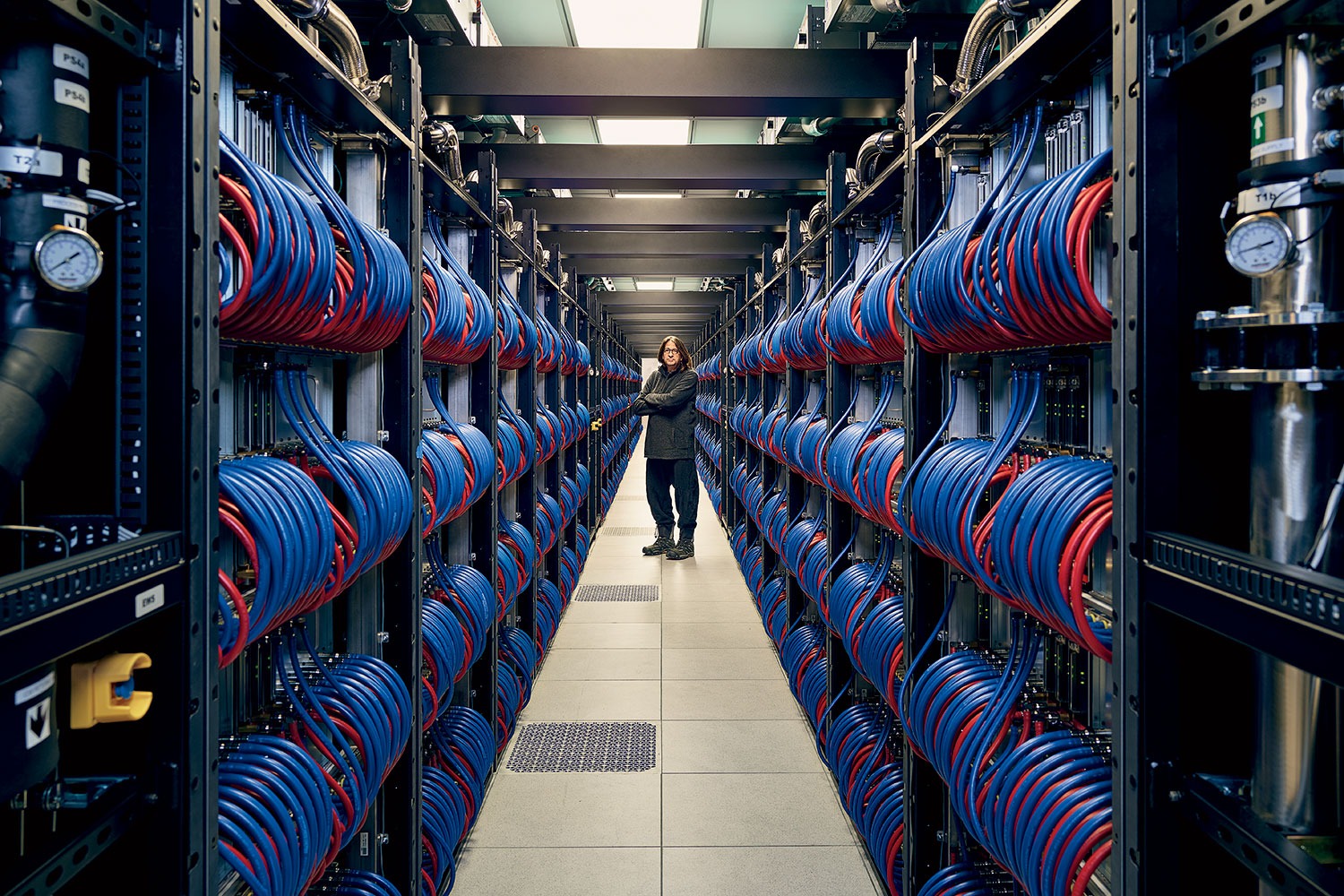Okay, speaking of academic research papers, I've found two. Probably not more, because the GPU is so new and scarce. More will crop up, in time.
The first examines performance on a Molecular Docking workload. There's an added complication that the app was originally written in CUDA, so the first thing they had to do was port it to SYCL. They found that SYCL was slower on the A100 in nearly all cases, but I'm not sure how much of that is simply due to the relative quality of Nvidia's SYCL implementation vs. their CUDA runtime. Then, they compare the Intel 1550 (the same referenced in this article) vs. the A100. As I've said, it's a slightly mismatched comparison, in terms of age, manufacturing node, and likely cost. What they found was 2 of the 5 ligand-receptor test cases performed better with one algorithm (Solis-Wets) and all 5 performed better with another (ADADELTA).
It's also worth noting they spent some time optimizing the SYCL implementation, which the justified by the fact that the initial porting work was performed by an automated tool. I didn't read enough of the paper to see whether similar optimizations might be possible in the CUDA version.
Caveats: One of the 3 authors on that paper is listed as an Intel employee. ...and then there's this:
ACKNOWLEDGMENTS
This work has been supported by Intel under the oneAPI Center of Excellence Research Award granted to Technical University of Darmstadt.
Here's another one, which goes so far as to list "Intel Coporation" as a co-author, that analyzes Scalability of OpenMP Offloading. Using OpenMP
should make it more apples-to-apples, at least avoiding the added variable of porting & optimization. They used the 1100 model and compared it with an A100.
In the end, they were unsuccessful in outperforming the A100, although it looks like they at least managed to scale to the next larger dataset size. I didn't read enough of the paper to know whether the 20% larger HBM size of the PVC factored into this.
So, there you go,
@thestryker . Although both had heavy 1st-party involvement, likely guiding their methodology, I at least trust them to provide transparency so that the appropriate questions can be raised. Perhaps some truly independent comparisons will emerge with time & greater public access to resources like Aurora.



